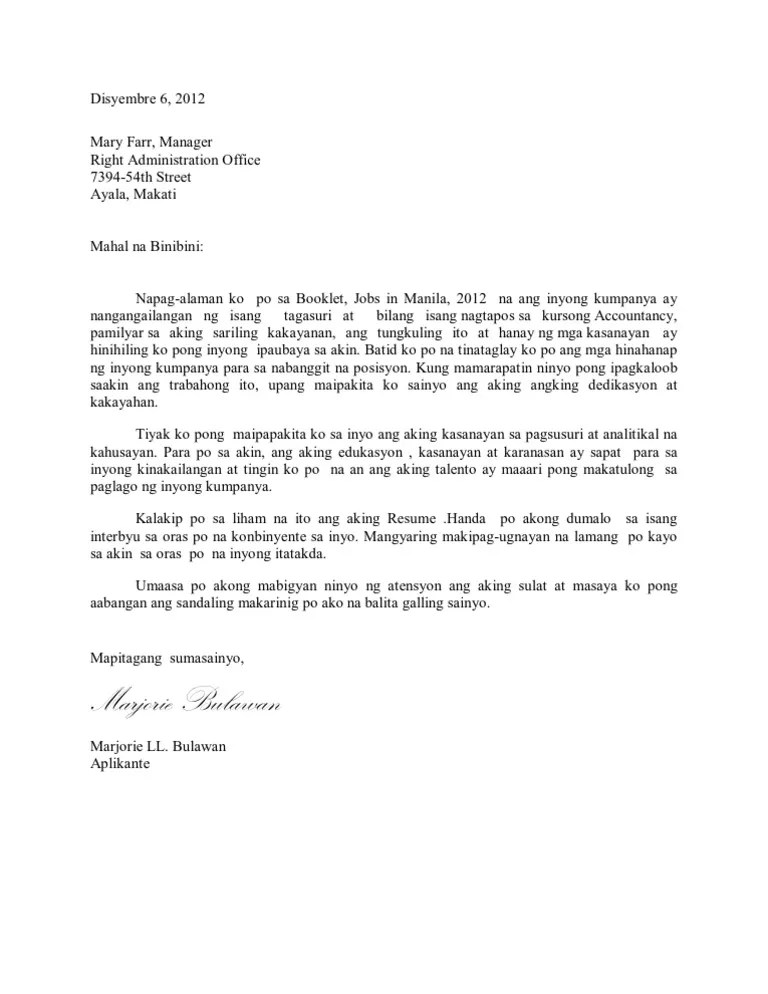Directions: Answer the following questions based on what you have read in the story. Write your answer on the space provided.
____1. Who is the author of the essay, “Pliant Like a Bamboo”?
a. I.V. Mallari
b. I. V. Mendoza
c. I.W. Mallari
d. I.W. Mendoza
____2. What are the trees being compared in the story?
a. Mango and Narra
b. Mango and Bamboo
c. Molave and Bamboo
d. Molave and Narra
____3. Philippines had been dominated by______ for more than three hundred years.
a. Japanese
b. Americans
c. Spaniards
d. Koreans
____4. In the essay, ______________ came like a storm, like a plaque of locusts, like pestilence – rude and cruel.
a. Japanese
b. Americans
c. Spaniards
d. Koreans
____5. Filipinos have saying: “Life is like a ___________. We are sometimes on top, and we are sometimes at the bottom.”
a. airplane
b. mountain
c. wheel
d. ball
____6. This word refers to the customs, arts, social institutions, and achievements of a particular nation, people, or other social group.
a. history
b. environment
c. culture
d. setting
____7. This is the transmission of customs or beliefs from generation to generation, or the fact of being passed on in this way.
a. culture
b. history
c. setting
d. environment
____8. It is what we called the study of past events, particularly in human affairs; the whole series of past events connected with someone or something.
a. environment
b. setting
c. history
d. culture
____9. It is known as the natural world, as a whole or in a particular geographical area, the surroundings or conditions in which a person, animal, or plant lives or operates.
a. history
b. environment
c. setting
d. culture
____10. This typically means – to affect or change someone or something in an indirect but usually important way.
a. affect
b. define
c. influence
d. understand
Answer:
10 ma’am I transfer ra nko know if I can a whole new world symphony of my life adto ko hospital salamat Gemma sa inyong pagsabot me know what you want to


